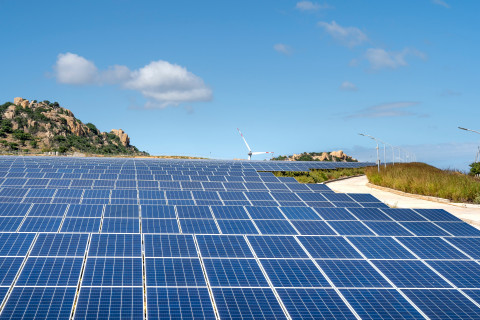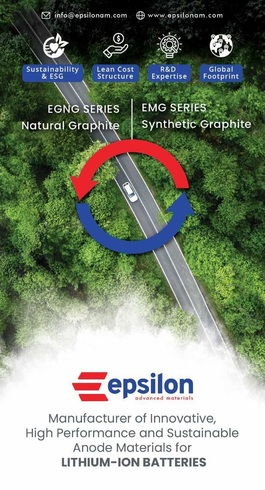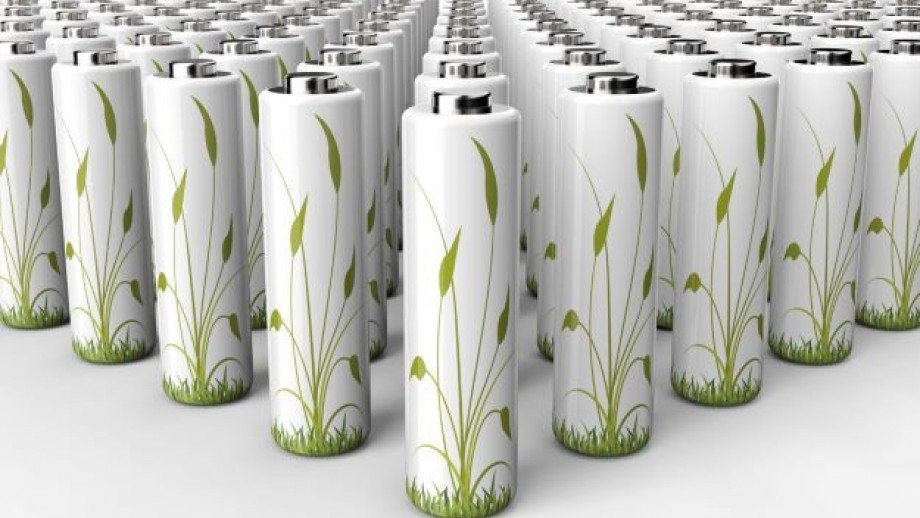Scientists demonstrate two new battery chemistries: water and calcium
Scientific teams working in Australia and China have demonstrated two new battery chemistries that could supplant lithium-ion batteries in the coming years, thus overcoming the possibility of a lithium shock to the global economy.
A global team led by researchers at the Royal Melbourne Institute of Technology (RMIT University), Australia, said it had invented recyclable 'water batteries', whose main advantage was safety: they won't catch fire or explode. These batteries are suitable for large-scale applications, making them ideal for grid storage and renewable energy integration.
The team has so far prototyped the batteries in coin-cell-type devices that can be commonly found in small clocks, in battery packs used in old Nokia-style mobile phones and AA-style cylinder batteries. In testing, these batteries have achieved more than 500 charge cycles, and have been found to maintain 80 percent of their capacity after 700 cycles.
Separately, a group of Chinese scientists from Fudan University announced they had developed a calcium-based battery that could offer a cheaper and more sustainable alternative to lithium technology. The battery is flexible, giving it usage in wearables and other smart textiles, and can handle around 700 recharging cycles at room temperature, the team said.
The world's lithium reserves are estimated at around 100 million tonnes. A majority of the identified deposits lie in Chile and Australia. By contrast, calcium is 2,500 times more abundant, forming three percent of the earth's crust and ranking as the third most common metal, behind aluminum and iron.
Both teams will need to do advanced work if their chemistries are to take over from lithium: li-ion batteries can last 3,000 charging cycles.





















